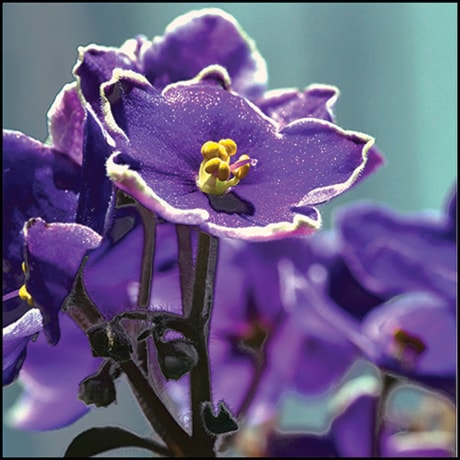Outside plants are headed towards dormancy. They are doing their best to shed their leaves and hopefully will become bare sticks for the upcoming season of cold and snow.
That doesn’t mean that the world has to be grey and white. Green can be very prevalent in the form of indoor plants.
Many of the same rules apply to growing plants indoors as out. Know the plant’s requirements and match them with the perfect environment.
Plants that require indirect light do best close to a north window or in the interior of a bright room.
They will not thrive in a south or west window unless sheers diffuse the light.
Place plants that require the direct sunlight in the window.
There are many plants such as a corn plant that will thrive with very little light. These plants brighten up darker corners of the home.
Knowing how often and how much to water a plant can literally mean the difference between life and death of a plant. People tend to water one of two ways.
The first method is to give the plant a small amount of water at least a couple times a week. With this method the plant will produce a large number of roots near the surface that will absorb the moisture.
The other method is to give the plant more water on a less frequent basis. All the soil will become wet and excess water will run out the bottom of the pot.
There is less salt build up in the second method but both methods work well as long as the person that waters is consistent.
Problems occur when both methods are mixed together as the plants are alternately flooded and left to become too dry.
Research has shown that more plants die from too much water as opposed to lack of moisture.
To avoid over watering plants, test for moisture below the soil surface before watering.
Fertilize indoor plants when they are actively growing which is usually between March and September. Choose a balanced fertilizer and follow the instructions on the package. More is not better as it can burn the plants roots.
Pre-packaged potting soil differs with the brand and label.
A number of companies are now including a content list which makes purchasing a coloured bag less of a gamble.
Outdoor planter mix that contains compost, peatmoss and vermiculite or perlite also works well for indoor plants. Compost gives plants a continuous source of nutrients and helps with water retention.
Indoor plants produce more top growth and flowers if they are in a small pot as opposed to a large one. Plants that are in large pots put their energy into producing roots.
Once the roots reach the pot the plant will then put out top growth and flowers.
Temperature can be an issue with some indoor plants but most will grow well in the average home or office. These plants do well in temperatures that are between 50 to 80F (10 to 25C).
Plan ahead for plants that require different temperatures requirements. If the plants specific requirements can not be met, leave the plant at the store.
Flowering plants are often seen for sale in large masses in many different outlets. These plants are forced into blooming into large greenhouses and considered throw away plants.
Once the initial flowers die the plant is rarely attractive.
The climate that is needed to get the plant to bloom again is usually beyond what is available in a regular house.
Indoor plants will grow well when they are given the correct growing conditions.
Take time to know what the plants requirements are before making a purchase and enjoy greenery all year long.
Linda Tomlinson is a horticulturist and educator living in Rocky Mountain House. You can contact her at your_garden@hotmail.com
